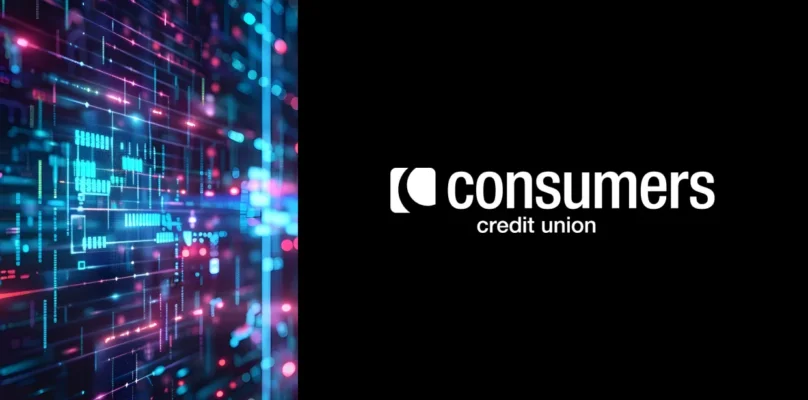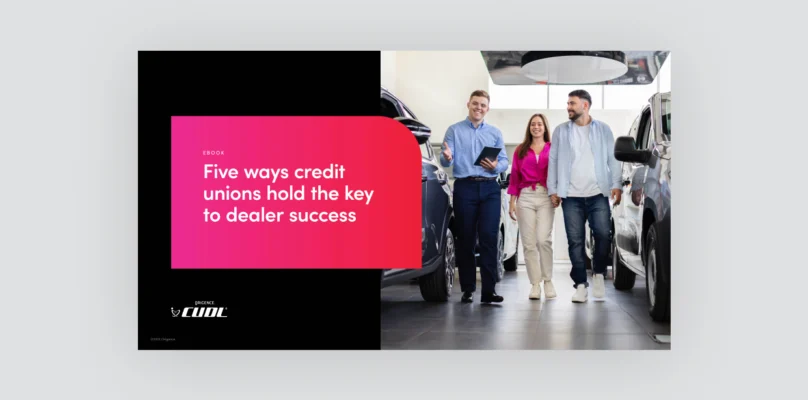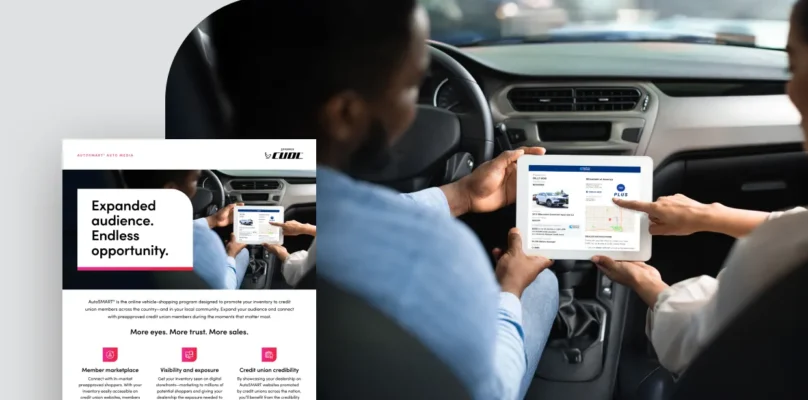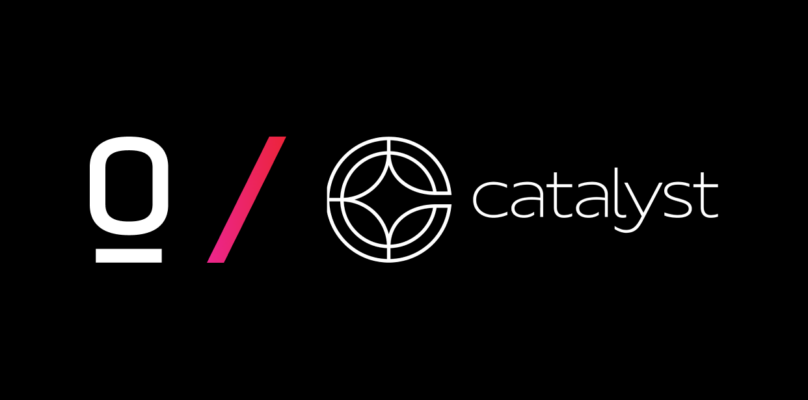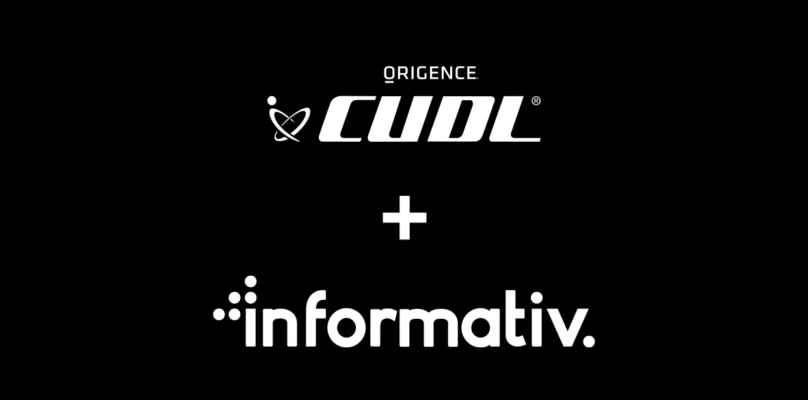Auto lending is entering a new chapter—one defined by economic complexity, digital disruption, and evolving consumer priorities. Credit unions that embrace transformation have a chance to not just survive, but grow their market share by doubling down on what makes them unique: a member-first mindset, personalized service, and the ability to adapt.
A changing roadmap: Navigating market pressures
Rising negative equity is reshaping consumer behavior and placing added financial strain on many borrowers. With more auto loans upside-down than ever before, many consumers are understandably cautious about trading in or upgrading their vehicles. This dynamic presents a challenge—but also an opportunity—for credit unions to step in with thoughtful, responsible support.
To navigate this challenge, credit unions should explore flexible financing solutions, including extended loan terms, refinancing options, and educational resources to help members make informed decisions about their auto loans. This is especially important as J.D. Power reports an 11% increase in financially vulnerable borrowers since 2021, alongside a 13% decline in financially healthy borrowers. At this time, Credit unions are uniquely positioned to respond with personalized solutions that prioritize the member’s long-term financial wellness.
At the same time, captives continue to dominate the new car space with subsidized interest rates, prompting many credit unions to shift their focus to the used car market. This space presents a strong opportunity for credit unions to offer competitive rates, transparent terms, and service-driven experiences that help build trust and deepen relationships.
EVs: Where sustainability meets strategy
Electric and hybrid vehicles remain a key part of today’s auto market. With electric vehicles (EVs) projected to account for 25% of U.S. auto sales in 2025—and battery EVs alone expected to reach a 10% market share, according to Autobody News—credit unions need to evolve their offerings to stay in step with consumer demand.
In 2024, 1.3 million new EVs were sold, a 7% increase over 2023, according to Kelley Blue Book. With this growth comes new considerations. Loan-to-value ratios and rapid depreciation still pose risks in EV lending. By developing specialized products—such as lower rates for energy-efficient vehicles or incentives for sustainability-minded members—credit unions can lead the charge while protecting their portfolios.
Meeting members where they shop
Car buying is increasingly digital, and credit unions must be, too. Whether consumers are browsing via Amazon’s partnership with Hyundai or purchasing directly from Tesla or Carvana, the traditional dealership model is being disrupted.
This shift requires credit unions to integrate their lending services into the online shopping experience. Offering instant loan preapprovals, seamless digital applications, and visibility across auto shopping platforms is no longer optional—it’s the new baseline.
Credit unions must be embedded in these digital ecosystems to remain relevant, visible, and top of mind during every step of the purchase journey.
Leveraging technology as a competitive advantage
In today’s market, speed matters. Automation and AI are more than operational enhancements—they’re strategic tools that drive member satisfaction and lending growth. By streamlining approvals and reducing friction, credit unions can meet rising consumer expectations for fast, digital-first service.
Partnering with lending technology providers helps institutions maintain operational efficiency while improving accuracy in credit decisioning. Outsourcing back-office tasks can also free credit union staff to focus on high-touch service and long-term member relationships.
Solutions like Origence’s subsidiary FI Connect are helping credit unions embed financing directly into the purchasing process, giving them access to a broader borrower base while maintaining their community-first values.
What’s next for credit unions?
Credit unions must remain agile, digital, and deeply member-centric. Success in the years ahead will depend on several key strategies:
- Flexible lending solutions that address rising financial vulnerability and negative equity.
- Strategic partnerships with dealers, online marketplaces, and lending tech providers to extend their reach.
- Sustainable financing programs tailored for EV buyers to reinforce commitment to environmental responsibility.
- Frictionless digital experiences that streamline the car-buying and loan approval process.
Credit unions are well-positioned to lead in this evolving landscape—but only if they continue adapting to consumer expectations and technological changes. Those that align their strategies with emerging trends will do more than keep up—they’ll accelerate ahead.
The smart way to lend. The fast way to grow.
Explore connected lending solutions that drive growth at every turn.



